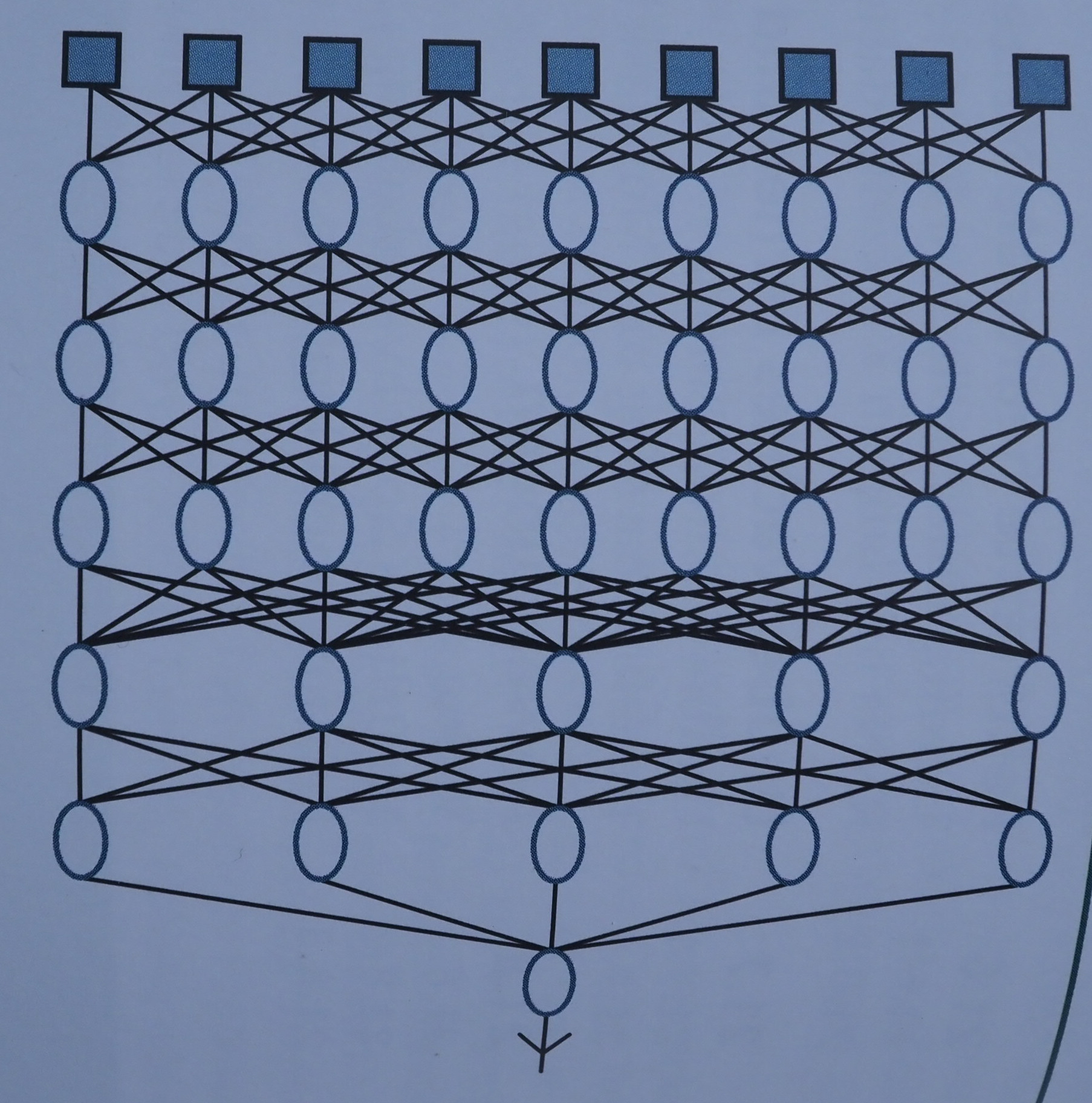In collaboration with Prof. Denis Jabaudon from the University of Geneva, Dr Philipp Abe from the Institute of Anatomy at TU Dresden’s Faculty of Medicine has been able to show how these connections form and specialise during development. These important findings were published in the renowned scientific journal ‘Nature’.
Dresden/Germany, December 19th, 2024 Our brain is a highly complex organ whose functioning depends on countless connections between nerve cells. Dr Philipp Abe from the Institute of Anatomy at TU Dresden’s Faculty of Medicine, in collaboration with Prof Denis Jabaudon from the University of Geneva, was able to show how these connections form and specialise during development. These important findings were published in the renowned scientific journal ‘Nature’.
The outer layer of our brain, the cortex or cerebral cortex, is divided into different areas. Each area has specific tasks, such as controlling movements or processing sensory information such as sight, hearing and touch. Within these areas there are different types of nerve cells, each of which fulfils specific functions. Among these, the so-called ET neurones have particularly long ‘connecting cables’. These long connections enable them to communicate with other, distant areas of the brain.
Development of the connecting pathways
In early development, ET neurones initially form numerous connections to different target areas in the brain. In the course of development, however, many of these connections are broken down again. This process, known as ‘pruning’, varies from area to area and is controlled by specific genetic programmes. For example, longer connections to the spinal cord develop in the motor cortex, while shorter connections to the thalamus are formed in the visual cortex, where decisions are made as to which impressions from the environment – seeing, hearing, bodily sensations – are passed on to the cerebrum for consciousness.
Genetic control of networking
Researchers at the Dresden University Medical Centre have now identified certain genes that control the development of ET neurons and their connecting pathways. These genes act like blueprints that provide specific instructions for the formation and breakdown of neuronal connections. By selectively inactivating these genes, it has been shown that the connection patterns of ET neurones can be altered, providing new insights into the mechanisms of neuronal plasticity. These new findings could help to develop new treatment options for diseases in which the connections in the brain are damaged or faulty, such as spinal cord injuries or certain hereditary diseases.
The importance of cell types and areas
The study shows that both the type of nerve cell (ET neuron) and the area in which it is located play a decisive role in the development of neuronal connections. The combination of these two factors creates a highly specialised wiring of the brain that enables us to perceive, learn and act in our environment.
Outlook
These new findings open up new perspectives for research into neurological diseases in which the development of neuronal connections is impaired. In the long term, these insights could also contribute to the development of innovative therapeutic approaches for neurodegenerative diseases such as amyotrophic lateral sclerosis (ALS) or hereditary spastic paraplegia (HSP).
Original publication:
Abe, P., Lavalley, A., Morassut, I. et al. Molecular programs guiding arealization of descending cortical pathways. Nature (2024). (https://doi.org/10.1038/s41586-024-07895-y)



Schreibe einen Kommentar